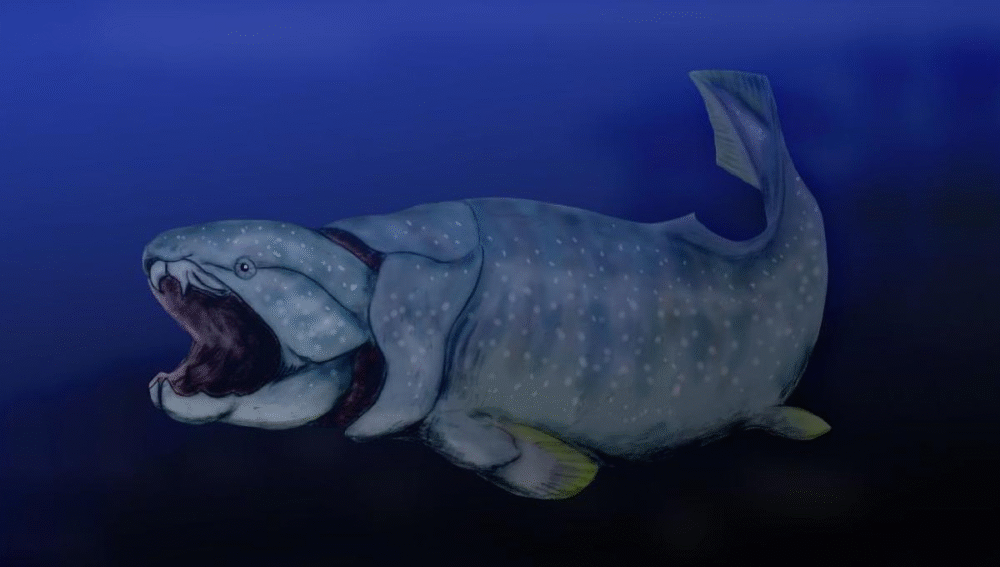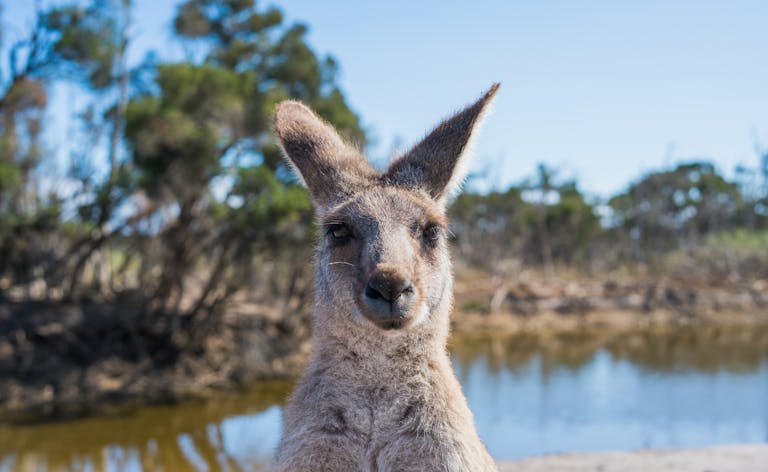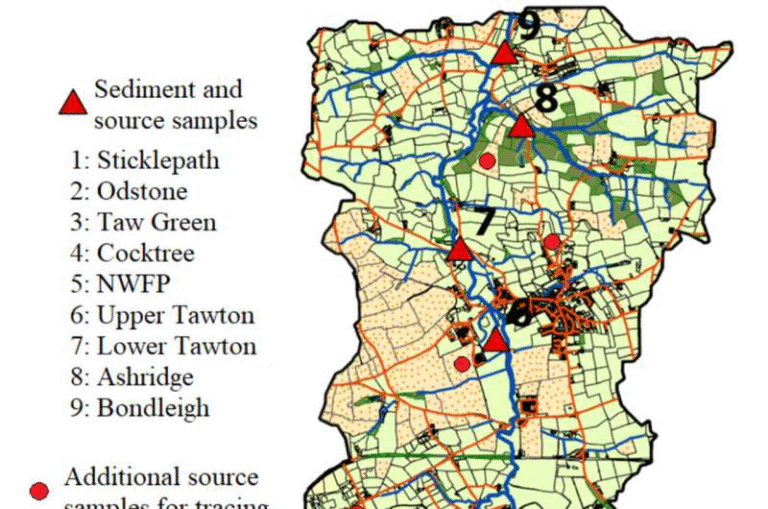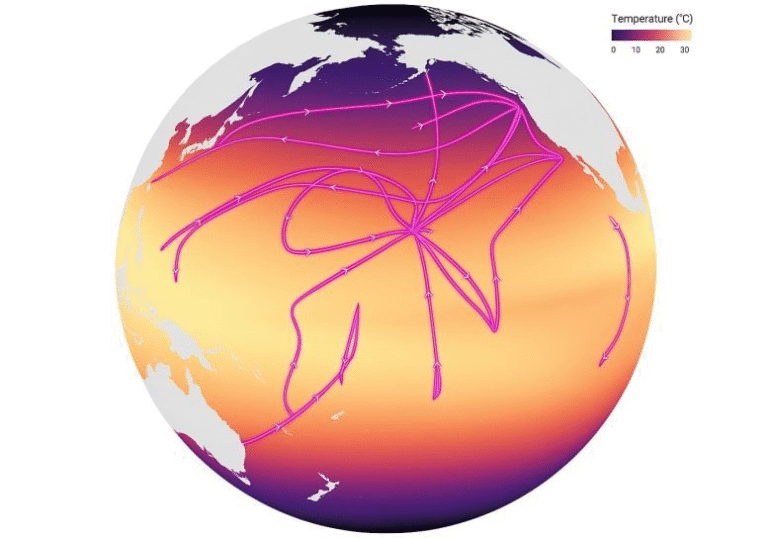How Ancient Forests Gave Oxygen – and Life – to the Deep Ocean

Let’s rewind time – way, way back – to about 390 million years ago. Earth looked nothing like it does today. No bustling cities, no dinosaurs even. But something huge was happening: the deep ocean, once a dark, lifeless zone, was beginning to breathe. And it all started with… trees.
Sounds strange, right?
But new research has uncovered how Earth’s earliest forests – made of simple woody plants – played a starring role in a game-changing moment for marine life. This was the time when oxygen finally reached the deep ocean, unlocking the door for complex creatures to dive in and thrive.
The Oxygen Revolution Beneath the Waves
So what’s the big deal about oxygen? For animals to survive, especially active ones like fish, they need plenty of it. While shallow waters close to the surface were already getting their fair share, the deep sea remained a low-oxygen desert.
That all changed during a period called the Middle Devonian, roughly 390 to 380 million years ago. Thanks to those pioneering land plants pumping oxygen into the atmosphere, it eventually seeped into the deeper layers of the ocean, making it livable for the first time in history.

Jawed Fish: The Original Deep Divers
This oxygen boost didn’t just help the deep sea catch its breath—it helped life evolve in new and exciting directions.
Among the big winners were jawed fish, or gnathostomes. These aren’t just any old fish — they’re the ancient relatives of almost every vertebrate alive today, from birds to humans.
Once oxygen levels rose, these fish moved into deeper waters, started getting bigger, and multiplied into many new species. This moment in time is now seen as the launchpad for what scientists call the “mid-Paleozoic marine revolution” — a burst of underwater innovation that changed ocean life forever.
Digging Through Time With Rocks and Selenium
How do scientists even know all this? Enter some incredibly old rocks — and a bit of chemistry magic.
Researchers gathered 97 rock samples from ancient seabeds, some dating as far back as 541 million years ago. These rocks held a secret ingredient: selenium.
Selenium behaves differently depending on how much oxygen is around. By studying the ratios of selenium isotopes in these rocks, scientists could tell when the ocean had enough oxygen to support animal life — and when it didn’t.
Their findings? There were two big oxygenation events in Earth’s history:
- A brief one during the Cambrian period (~540 million years ago).
- A permanent one during the Middle Devonian, which continues to this day.
It was the second event — thanks to those trees — that truly opened the floodgates for deep-sea life.
Forests on Land, Life in the Sea
What’s wild is how closely the timing of these deep-sea changes matches the rise of woody plants on land. As these early forests spread, they released more oxygen, which filtered through the air and eventually made its way to the deep parts of the ocean.
This link between life on land and life underwater paints a picture of Earth as one big, interconnected system. The forests fed the oceans, and the oceans responded by filling up with diverse, active marine life.
Why This Ancient Story Matters Today
This isn’t just a tale about the distant past. There’s a modern lesson here too.
Today, our oceans are generally well-oxygenated, but in many places, oxygen levels are dropping — fast. Human activities, especially agricultural runoff and industrial pollution, are creating “dead zones” in oceans where oxygen disappears and life struggles to survive.
This new research shows just how important oxygen has always been for ocean life — and just how fragile that balance can be.
A balance that took hundreds of millions of years to build could be disrupted in mere decades if we’re not careful.
One Breath Changed Everything
The story of Earth’s first forests isn’t just about trees. It’s about how a planet learned to breathe — deeply — and how that breath gave rise to the incredible diversity of life we see in the oceans today.
From ancient jawed fish like Dunkleosteus (think giant armored predator) to the fish on your dinner plate, we all owe a strange and silent thanks to those humble, long-gone plants.
Because without them, life in the deep sea might never have taken root — and the ocean would be a very different place.
Source: “Mid-Devonian ocean oxygenation enabled the expansion of animals into deeper-water habitats”
DOI: 10.1073/pnas.2501342122





